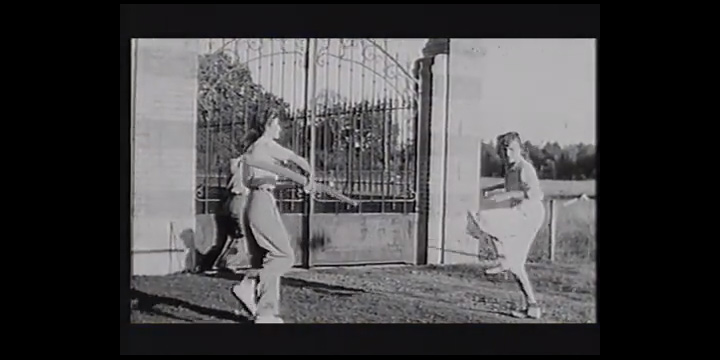|
Black and white demanding less image resolution can be reduced further in size, looking even more like an old photographic print with pictures of mums and dads, except the framed image inside keeps on changing.
It was not long before someone came up with the idea of 'camera movement', doing long dolly shots swirling round the protagonists in a single take, no cuts, just pure action. With this kind of technical sophistication, demonstrated with such panache in 'Lala Land', starring Emma Stone and Ryan Gosling, it is difficult to maintain the necessary photo-dynamic, partially illusory imagination in the mind, in order to be 'inside' the story, paradoxically getting harder in proportion with the image's increasing size whereas with film, it was otherwise. The suggestivity of celluloid has been replaced by another medium with far greater clarity, which changes the perceptive matrix in the storytelling quite a bit. One does not have to circle the camera around the hero's torso in order for the viewer to 'see' the heroism! Yet, the fussy new wave graphics suit the operatic format of the narrative. The ending, I'm afraid, is a touch over the top and here there must be a Hollywood insider message somewhere, otherwise it has been yet another in a series of unmoving motion picture experiences.
Bevagna, 1 2 2017
|

